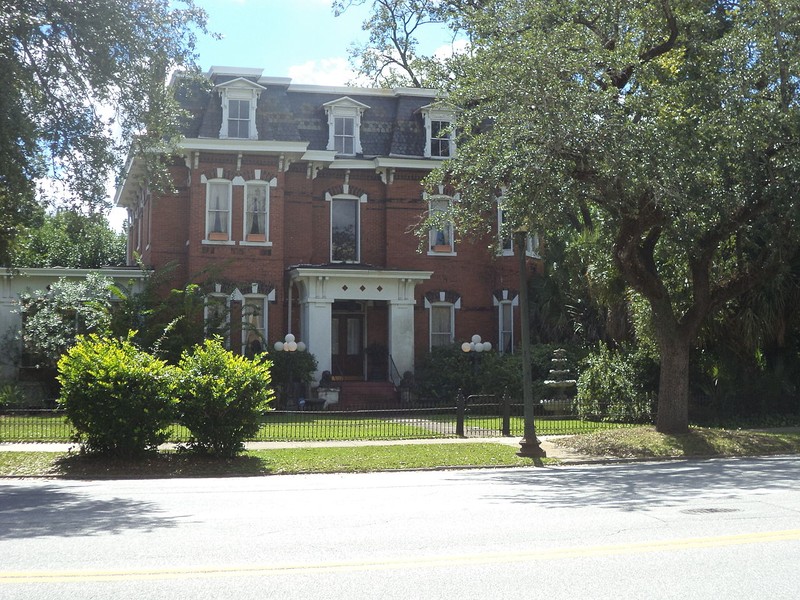Samuel Farkas House
Introduction
Text-to-speech Audio
Images
The Samuel Farkas House was built in 1889. Designed in the Second Empire style, it is one Albany's most impressive homes.

Backstory and Context
Text-to-speech Audio
Samuel Farkas arrived in the United States when he was 18 years old. According to the story, he did not speak any English and only had 50 cents in his pocket. However, he did have family here. His uncle had lived in Albany for some time and opened a prosperous merchandising store after the Civil War. Farkas worked at the store for a few years before starting a business selling mules around 1872. In the next couple of decades, despite some setbacks his business was very successful. He became quite wealthy, which allowed him to build the house. At some point he did marry his wife, Celia Zucker, who was also an immigrant; they went on to have two daughters and six sons.
In Farkas' story, the house symbolizes the realization of the "American dream"—where an immigrant starting out with little becomes a prosperous citizen. In 1977, the house was added to the National Register of Historic Places for its architecture and connection to Farkas.
Sources
Macgregor, Elizabeth Z. "Samuel Farkas House." National Park Service - National Register of Historic Places Nomination Form. November 9, 1977. https://npgallery.nps.gov/GetAsset/49789686-29c6-4620-8315-0d1517df83f6.
Michael Rivera, via Wikimedia Commons: https://commons.wikimedia.org/wiki/File:Samuel_Farkas_House,_Albany.JPG
